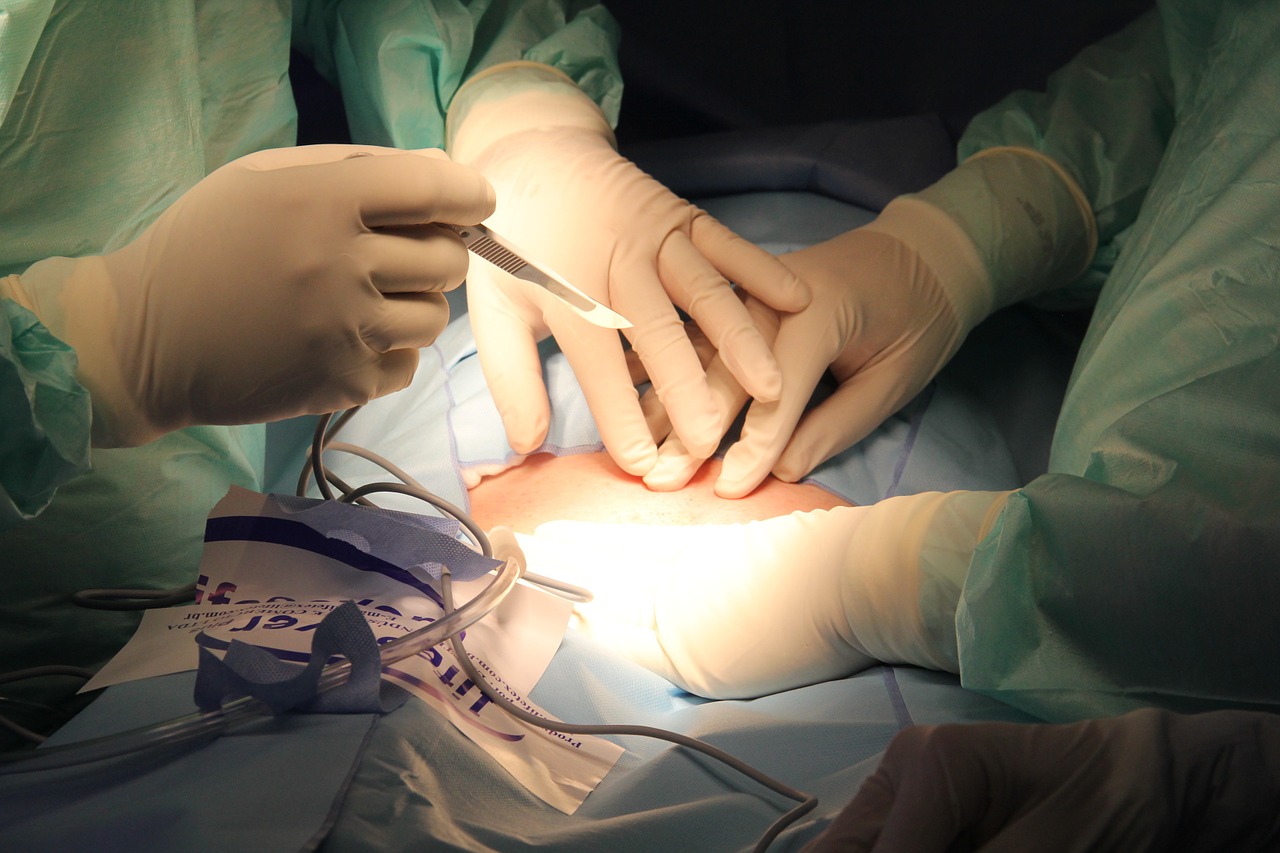Due to increasing governmental bureaucracy, static to slightly increasing numbers of residency slots, and increasing numbers of American medical student positions applying for residencies, it has become harder than ever to get a residency slot as a foreign medical student in the United States (1). That is not to say it is impossible to get one, but rather it is just significantly more difficult. Even though this is the case, since a large proportion of my readers are from foreign countries (approximately 1/3) and are interested in the mechanics of obtaining a radiology residency in the United States, I have decided to create a post about the world of visas and the radiology alternate pathway for ABR certification. Hopefully, this will be of some assistance to those of you with competitive applications and a burning desire to come to the United States for training. Also, I think it is informative and interesting for the United States residency applicant and radiology resident to understand what the additional requirements are for those that are applying from foreign countries.
In order to organize this post, I am dividing it into two sections. The first section will talk about the different types of visas with an emphasis on J-1 visas since this is the usual pathway that most foreign residents take to get a residency in this country. I will also briefly mention J-2 visas and go through some relevant information about H-1B visas and green cards/permanent resident status. The second part of this post will talk about the alternate pathway specific to radiology and what requirements are needed to satisfy the ABR if you have some foreign radiology experience and are considering not going through a standard four-year residency. Finally, I would also like to give a special thanks to Debbie Paciga, our graduate medical education secretary, who was nice enough to take the time to share her vast knowledge on the topic of visas after many years of experience with numerous entering and graduating residents. Without her help, I could not have written this article!
Visas
J-1 Visas
A J-1 Visa is the most common type of Visa used by non-immigrant status foreigners for completing a residency program in the United States. Essentially, the J-1 Visa is an exchange visitor program for trainees from foreign countries. So, it is not expected that the J-1 Visa holder will become a permanent resident or citizen of the United States, but rather that the holder will be here for the limited time period of training.
Once the foreign graduate student has met the requirements of the ECFMG (Educational Commission For Foreign Medical Graduates), he/she can apply through the online system called The Physician Applicant System Access (OASIS) to obtain a J-1 Visa. However, the J-1 Visa requires a hospital sponsor in order to complete the application. The liaison between the teaching hospital and the ECFMG is called the Training Program Liaison (TPL) and this person accomplishes much of the work needed to obtain the J-1 sponsor. Typically, this person is a secretary or administrator whose responsibility it is to make sure that all the appropriate paperwork is submitted. This assigned person uses a system called The Training Program Liaison System Access (EVNet) on the EFCMG website to manage the application for the foreign graduate. Therefore, as a foreign graduate, you need to make sure that you are in constant contact with this person in order to complete all the necessary requirements for the J-1 Visa so that all the appropriate paperwork is submitted to this EVNet system.
So, what are some of the items that need to be submitted to obtain the J-1 Visa? You need to have a passport, a passport biography page, a curriculum vitae, a signed contract by the hospital and graduate student/resident with all the necessary information, the appropriate online filled-out forms (including the DS-2019 form- a form submitted by the sponsor), and of course all of the fees. Also, just as important, if you have a family that needs to travel to the country of the residency, you need to make sure that they have submitted a J-2 Visa which also needs to be approved by the sponsoring institution.
But alas, obtaining the J-1 Visa is not so simple as this… (It could never be that easy when it comes to anything that has to do with the State Department!) Each country has its own requirements for the applicant to be able to apply for a United States graduate education program. In fact, some countries have significantly limited the availability of these J-1 Visas. Each foreign applicant needs to obtain a statement of need from their home country embassy in order to be able to apply for the J-1 Visa. Some countries have severely curtailed the numbers of statements of need in order to prevent applicants from leaving their home country. The purpose of limiting the numbers at these particular countries is usually due to a lack of expertise or increased numbers of physicians needed in the applicant’s home country. These countries do not want applicants to leave their home country and emigrate to the United States but rather want them to train and practice medicine in their home country overseas. Currently, some countries that limit the numbers of applicants the most to obtain a medical residency training J-1 Visa include South Korea, Sweden, and Canada. Then, there are countries such as India and Pakistan that tend to issue as many statements of need as warranted. Of course, this is a moving target and can change from year to year depending on a country’s needs.
Other Miscellaneous Requirements And Issues For The J-1 Visa Holder
Once the J-1 Visa is obtained, there are numerous other requirements that the J-1 Visa holder needs to be aware of. For instance, the J-1 Visa holder cannot arrive into the country more than 30 days prior to beginning their residency. Sometimes, this can be a difficult issue since there is such a rush to get everything the applicant needs ready prior to beginning residency (housing, etc.).
Other recurrent issues include updating the J-1 Visa on a yearly basis with a new signed contract, obtaining recurrent statements of need from the home country of origin (sometimes the statements of need are time limited for less than the time of the residency program), and making sure to bring all the necessary documents when entering and leaving the country (up-to-date passports, diplomas, and so on…)
Applicants also need to beware of the legal system within the United States. The state department tracks illegal activities for residents with J-1 Visas on a yearly basis. Any conflict with the law can be a potential reason for the applicant to be sent back to his/her home country.
Finally, it is important to recognize that a research J-1 Visa is not the same as a J-1 Visa for a clinical residency. So, if you are a foreign national applying for a residency program, you need to obtain an entirely new J-1 Visa in order to start the program. (Whew, that’s a lot of stuff to remember!!!)
H-1B Visas
So, what exactly is a H-1B Visa and how does it work for the residency applicant? An H1-B Visa implies that you are going to be working in a specialty field/occupation that has a need for a foreign worker that cannot be met by a United States resident. The H1-B visa holder is permitted to stay in the country indefinitely, different from the J-1 Visa holder.
Typically, the hospital needs to sponsor an H-1B Visa for an applicant in order to get the foreign graduate into one of its residency programs. In addition, the number of H-1B Visas is capped each year, making it more difficult to obtain one. It often costs the sponsoring hospital thousands of dollars to work on an H1-B Visa due to the necessary legal and processing fees. So, for these reasons, an H1-B Visa is an uncommon route for the foreign radiology resident applicant. At our institution, it has been only used for exceptional circumstances. One example would be an applicant that is already in a program in the institution but cannot get a J-1 Visa because this person has a D.O. degree and is from Canada. (Apparently a D.O degree does not qualify for the J-1 Visa pathway). Since it is a rarely used method for foreign applicants to obtain a radiology residency, I am going to limit discussion on this topic
Green Card/Permanent Resident Status
Finally, the goal of some foreign resident applicants is to declare permanent residency within the United States in order to remain within the country with a full time radiologist position and with the possibility of eventually becoming a citizen. The United States lists several mechanisms of obtaining a Green Card including via job offers, investing in enterprises, and self-petition (typically an individual of extraordinary ability). Many applicants will often get their green card once they have graduated from a residency program and have been accepted for a permanent radiologist position in the United States. At that point, the employer is required to file a petition for the employee so that he/she can undergo the application process and the applicant needs fill out the appropriate paperwork. Usually, this process occurs only after the J-1 Visa is no longer active.
One other pathway to obtaining green card status includes finding a position in an underserved area for a period of time, usually 5 years. This applies to not only primary care physicians, but also specialists as well. But again, it is usually completed after the radiology residency has ended.
The Radiology Alternate Pathway
In a past response to a question from a potential foreign applicant in the “Ask The Residency Director” section of this site about the alternate pathway, I briefly went over some of the requirements for the foreign radiology applicant to obtain ABR certification. The question asked about applying outside the typical route of a four-year qualified ACGME radiology residency based upon the applicant’s previous radiology experiences. This process is called the Radiology Alternate Pathway. According to the ABR policy, the applicant can satisfy the requirements only at institutions with an ACGME-accredited radiology residency-training program. The applicant needs to have 4 years of continuous work in the capacity of a “resident, ACGME accredited fellowship, non-ACGME accredited fellowship, or faculty member”. In addition, the candidate must also have “4 months of clinical nuclear medicine training.” The nuclear medicine training needs to be dedicated although the applicant can get the training at an affiliated institution if that is available.
The challenge for the foreign radiology applicant is to find a program that is willing to recognize previous foreign training and accept him/her for a slot in one or more of these programs over a four-year period. Many programs are not willing to make an obligation of four years of employment in a mixture of residency, fellowship, or faculty positions and will require the applicant to go down the standard pathway of radiology residency. That is not to say it is impossible. But rather, it is not common and represents the exception rather than the rule.
Final Thoughts
Applying to radiology residency and performing well in a radiology residency program as a United States citizen without having to contend with the issues that arise from migrating to a new country can be challenging by itself. I can only imagine the additional difficulties that foreign applicants face applying to and attending radiology programs within the United States. There are certainly numerous hurdles and hoops for these applicants. But for those with the desire, ability, and grit/determination, it is still certainly possible to go through the process of getting a visa and obtaining a qualified residency spot or spot in an alternate pathway program. If this is your life’s desire, don’t let these hardships dissuade you!!!
Helpful Websites For The Foreign Medical Graduate
ABR Alternate Pathway Information- https://www.theabr.org/sites/all/themes/abr-media/pdf/PWIMG_DRandSubCert.pdf
ECFMG – http://www.ecfmg.org/evsp/application-online.html
Governmental Green Card Website Information- https://www.uscis.gov/greencard
Governmental J-1 Visa Website Information- https://j1visa.state.gov/basics/common-questions/
Governmental J-2 Visa Website Information- https://j1visa.state.gov/basics/j2-visa/
Governmental H-1B Website Information- https://www.uscis.gov/eir/visa-guide/h-1b-specialty-occupation/understanding-h-1b-requirements













